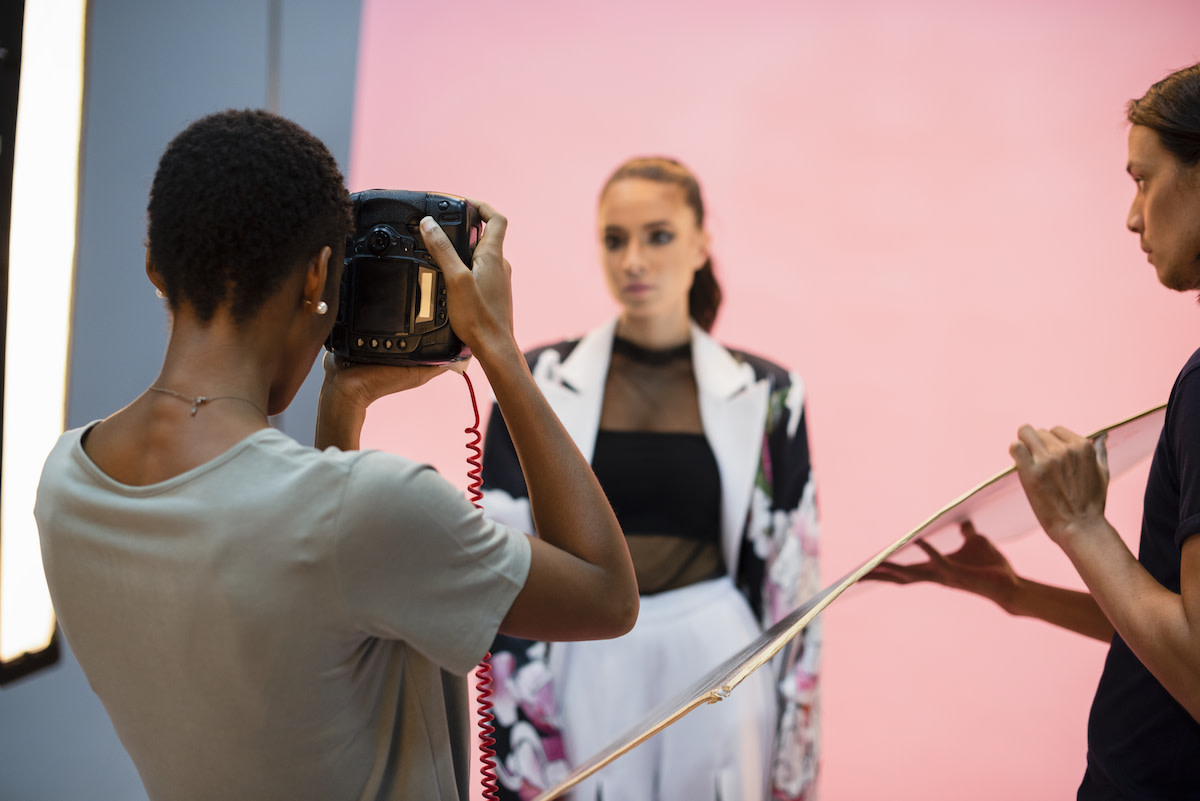Design & Style
Photo Guide: 9 Fashion Photography Tips
Written by MasterClass
Last updated: Jun 7, 2021 • 3 min read
There are many different avenues for aspiring professional photographers to explore. Fashion photography is a highly competitive field, but if you have the proper knowledge, skill, and equipment, you can forge your own path as a successful fashion photographer.
Learn From the Best
9 Fashion Photography Tips
If you dream of seeing your work in magazines or other fashion publications, here are some helpful tips to prepare you to enter the world of professional fashion photography:
- 1. Study the fashion industry. An aspiring fashion photographer should know all facets of the fashion industry, from the latest trends to fashion’s historical evolution. Study styles from different eras, key fashion designers, fashion houses, makeup and hairstyle trends throughout history, and fine art and portraiture to see how fashion was portrayed before the advent of photography.
- 2. Research editorial spreads. Many fashion photographers aspire to shoot an editorial spread for powerhouse publications, such as Vogue and Harper’s Bazaar. Search the archives of these publications for notable editorial spreads, then study the blocking, set-ups, and color stories that past photographers used in their shoots. Take note of the spreads that inspire you. After studying the industry-standard publications, search the archives of independent fashion magazines, where fashion editors make bold and avante-garde choices.
- 3. Create a mood board. A fashion mood board is a great tool that helps you organize and plan the visual elements of your shoot. Your mood board can include color palettes, backdrops of varying colors, lighting setups, wardrobe, and other essential components.
- 4. Come fully prepared. Always come to a shoot prepared and organized. You should be familiar with all of your gear, have a strong idea of your shoot’s creative direction and purpose, know which outfits you are going to shoot, and have a detailed shot list so that everyone knows which tasks they need to complete. Think 10 steps ahead. Will you need any props for the model to hold? Do you need a fan or leaf blower to create a windswept look? Do you need to use multiple different lighting techniques, or will one type suffice? The more prepared you are, the more smoothly your shoot will go.
- 5. Evaluate your location. If you don’t have access to a studio, make sure you’re comfortable and familiar with your shooting location. Visit the site beforehand and note any potential issues that you may encounter during the shoot. Study the landscape or backdrop, and take note of how the natural lighting may affect your shots.
- 6. Communicate effectively. Everyone on the set should be on the same page. You need to provide your crew with the necessary direction to perform their respective roles. For example, the model should understand what you’re asking for when you direct them to pose for the photo. Be specific about how you want them to move their body or which facial expressions you want them to make. Communicate clearly with those working on your set and make sure every crew member understands your plan.
- 7. Foster a good working environment. While the fashion photographer is at the helm, a photoshoot is a collaborative effort that requires a diligent team to execute. Treat the entire team—the model, wardrobe, makeup artists, hairstylists, and assistants—with respect in order to maintain a collaborative and enjoyable working environment. The photographer should set the tone for the shoot. Treat your crew and models with respect and make it clear that you want to maintain a safe, comfortable environment for your fashion shoot.
- 8. Take as many photos as possible. The shoot day will be hectic, and time is limited, but you must prioritize capturing as many shots as possible. Shoot an array of photos with different lighting, exposures, and positioning to give yourself many options to choose from as you head into post-production.
- 9. Get creative. Unless you have significant time constraints, don’t be afraid to experiment with your shots. Take as many safe shots as you need, but open up the door to more experimental photos to push the boundaries of your creativity. Try different lighting, poses, and angles to capture the most dynamic images possible.
Want to Learn More About Photography?
Become a better photographer with the MasterClass Annual Membership. Gain access to exclusive video lessons taught by photography masters, including Jimmy Chin, Annie Leibovitz, and more.
